Selected
- Details
- Written by Grant Broadcasters
- Category: Selected
- Hits: 131
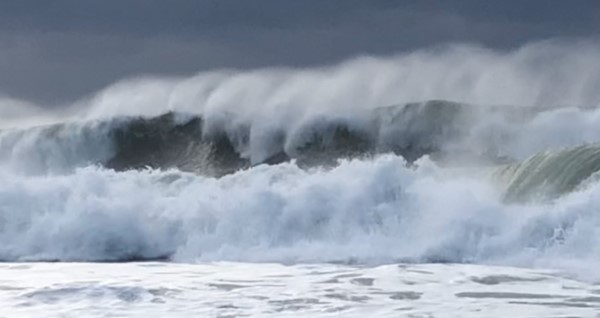
Windy weather and high tides are forecast for NSW over the first weekend of April after record rainfall last month.
The Bureau of Meteorology has issued weather warnings for damaging winds affecting southern and central parts of the state on Saturday, along with hazardous surf and abnormally high tides, as residents in the north rebuild again as flood levels recede.
Moderate to heavy rainfalls are likely along the south coast but exact amounts will depend on the movement of the Tasman low pressure system.
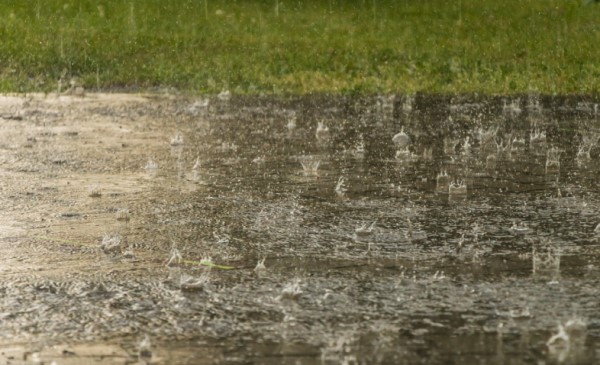
But the winds will ease on Sunday as the low moves further south, with Sydney expected to be sunny for a few days next week.
Lismore Council is advising residents not to travel to the city's CBD to allow the SES to remove hazardous materials.
The Council said a one-stop shop recovery centre for flood victims helping with accommodation, providing financial assistance and offering mental health services will reopen following the latest round of floods.
Images: Peter Andrea & Pixabay
- Details
- Written by Grant Broadcasters
- Category: Selected
- Hits: 132
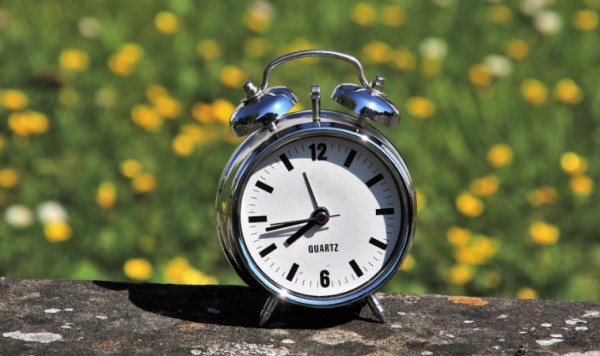
There's an extra hour of sleep coming up for people in some eastern Australian states as daylight saving comes to an end.
At 3am Sunday NSW, Victoria, Tasmania and the ACT wind the clock back an hour to join Queensland in the same time zone.
The change means South Australia will run half an hour behind the east coast.
Changing the time does not immediately change the body's internal clock, Flinders University sleep health researcher Nicole Lovato said.
"After the transition off daylight saving time, the circadian rhythm is an hour out of sync, it can feel a bit like mild jet lag.
"You are likely to feel sleepy earlier than usual and wake up earlier than normal," she said.

The symptoms should only last one to two days as the body's rhythm syncs with the new standard time, Dr Lovato added.
Queensland, Western Australia and the Northern Territory do not have daylight saving.
The next daylight saving is due to start on the first Sunday in October.
Image: Pixabay
- Details
- Written by Grant Broadcasters
- Category: Selected
- Hits: 120
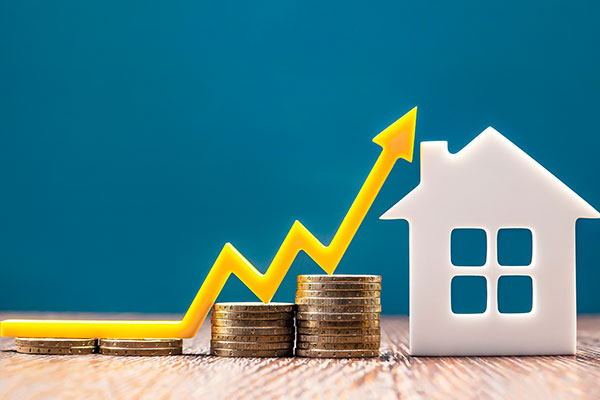
A lift in house values in the smallest cities has driven growth across the country, despite stalling values in Sydney and Melbourne.
CoreLogic's national Home Value Index released on Friday was up 0.7 per cent in March, driven by stronger conditions in Brisbane, Adelaide, Perth and the ACT, along with several regional areas.
This offset a slip in values across Sydney and Melbourne.
Australian dwelling values rise by 2.4 per cent in the first quarter of the year, adding about $17,000 to the value of a home.
A year ago, values were rising at more than double the current pace, up 5.8 per cent over the three months to March 2021, before the quarterly rate of growth peaked at seven per cent over the three months ending May 2021.
Sydney's growth rate fell from a peak of 9.3 per cent in the three months to May 2021, to 0.3 per cent in the first quarter of this year.
Melbourne's housing market has seen the quarterly rate of growth slow from 5.8 per cent in April last year to 0.1 per cent in the past three months.
CoreLogic research director Tim Lawless said there was mounting evidence housing growth rates were losing momentum.
"Virtually every capital city and major rest-of-state region has moved through a peak in the trend rate of growth some time last year or earlier this year," Mr Lawless said.
"The sharpest slowdown has been in Sydney, where housing prices are the most unaffordable, advertised supply is trending higher and sales activity is down over the year."
Exceptions to the trend include regional South Australia and Perth.
Mr Lawless said the annual growth trend would fall sharply in the coming months, as the strong gains recorded in early 2021 dropped out of the 12-month calculation.
National housing turnover is also easing, with preliminary transaction estimates for the March quarter tracking 14.3 per cent lower than the same period in 2021, but still 12.2 per cent above the previous five-year average.
Regional dwelling values increased 5.1 per cent in the three months to March, compared with the 1.5 per cent increase recorded across the combined capital cities.
The Australian Bureau of Statistics reported on Thursday that residential property prices rose 4.7 per cent during the quarter, reflecting record low interest rates, the labour market recovery and strong demand for housing.
Separate ABS data on Friday showed a 3.7 per cent decline in housing loan approvals in February, compared to economist forecasts for a 1.5 per cent increase.
Approved housing loans had jumped 2.6 per cent rise in January.
The sharp drop in February to a seasonally-adjusted $32.3 billion was mainly driven by a 4.7 per cent fall in the value of owner-occupier home loans - the first since October 2021.
The decline was seen across most states and territories, with NSW down 10.5 per cent) while Victoria dropped 5.2 per cent. The ACT recorded a 23.6 per cent slide.
The value of home loans to investors also fell 1.8 per cent to $10.8 billion - the first such decline since October 2020.
CORELOGIC NATIONAL HOME VALUE INDEX FOR MARCH
(month, annual)
National - up 0.7 per cent, up 18.2 per cent
Sydney - down 0.2 per cent, up 17.7 per cent
Melbourne - down 0.1 per cent, up 9.8 per cent
Brisbane - up 2.0 per cent, up 29.3 per cent
Adelaide - up 1.9 per cent, up 26.3 per cent
Perth - up 1.0 per cent, up 7.0 per cent
Hobart - up 0.3 per cent, up 22.3 per cent
Darwin - up 0.8 per cent, up 10.6 per cent
Canberra - up 1.0 per cent, up 21.6 per cent
Combined capitals - up 0.3 per cent, up 16.3 per cent
Combined regional - up 1.7 per cent, up 24.5 per cent
© AAP 2022
Image: (SERSOLL/shutterstock.com)
- Details
- Written by Grant Broadcasters
- Category: Selected
- Hits: 98
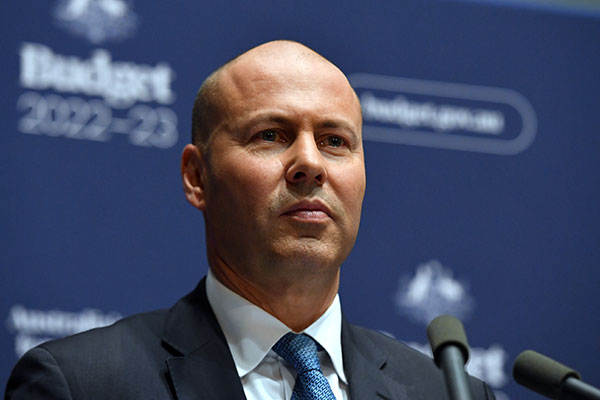
Treasurer Josh Frydenberg has unveiled a pre-election budget spliced with billions of dollars worth of tax offsets, cash payments and fuel excise relief.
A one-off tax break of $420 will go to more than 10 million Australians earning up to $126,000 a year.
Their total tax relief at the end of this financial year will be bumped up to $1500 for individuals - and up to $3000 for couples - already benefiting from the low to middle income tax offset.
Six million welfare recipients, veterans, pensioners, eligible self-funded retirees and concession card holders will get a $250 cost of living payment in April.
The federal government will also cut the fuel excise in half to 22.1 cents for the next six months, projecting savings of around $30 a week - or $700 in total - for a family with two cars filling up once a week.
The competition watchdog will ensure the saving is passed on by retailers, and the government has guaranteed no cuts to roads spending, which is funded by the excise.
Mr Frydenberg said an unemployment rate heading below four per cent, lower taxes and programs helping 100,000 Australians into their own home were evidence of the government's economic plan working, urging voters to stick with the coalition.
He said the measures announced in the 2022/23 budget were "temporary, targeted and responsible" and address cost of living pressures.
"Practical measures that will make a difference."
Australian Council of Trade Unions president Michelle O'Neil says one-off payments do not make up for wage stagnation.
Australian Council of Social Service chief Cassandra Goldie says much of the assistance goes to people who don't need it.
"We've got people who are facing homelessness and hunger and we didn't get a budget that will tackle it in a permanent way," she said.
Treasury has forecast a budget black hole of $78 billion for 2022/23, before the deficit contracts to $43.1 billion in three years time, as the economy continues to recover from the COVID-19 pandemic.
Tax breaks will also flow through to small businesses that invest in technology and employers who upskill their employees.
A small business will get a $120 tax deduction for every $100 they spend on training employees or on digital technologies like cyber security and web design.
There will also be up to $5000 for new apprentices and $15,000 wage subsidies for employers who take them on.
Defence and cyber security are among the big winners with a multi-billion-dollar spend on new military personnel, equipment and cyber intelligence agency, the Australian Signals Directorate.
The Australian Chamber of Commerce and Industry commended the budget's investment but raised concerns about the lack of a long-term agenda.
"Regrettably, this year's budget doesn't address some of the more pressing challenges facing the Australian economy, including a far-reaching agenda for tax reform, stronger focus on innovation, and building business investment, supply chain capability and productivity," chief executive Andrew McKellar said.
Shadow treasurer Jim Chalmers said if the budget wasn't "ruined by rorts and weighed down by waste and mismanagement" there would be more room in it to support families and pensioners and invest in the future.
"Scott Morrison is only pretending to care about the cost of living because he has to call an election in the next fortnight, and he's running out of time," Dr Chalmers said.
Almost $18 billion has been put aside for regional infrastructure, agriculture and energy mainly in regions being targeted by the coalition at the election including the NSW Hunter, north and central Queensland, the Northern Territory and the Pilbara.
The government has also committed to faster rail projects linking Brisbane and the Sunshine Coast and Sydney to Newcastle.
The budget contains a further $1.3 billion for a package to end violence against women and children, as well as new spending on breast and cervical cancer screening.
© AAP 2022
Photo: Treasurer Josh Frydenberg speaks to journalists at a press conference before delivering his 2022 Budget speech at Parliament House in Canberra, Tuesday, March 29, 2022. (AAP Image/Mick Tsikas)
Page 65 of 191